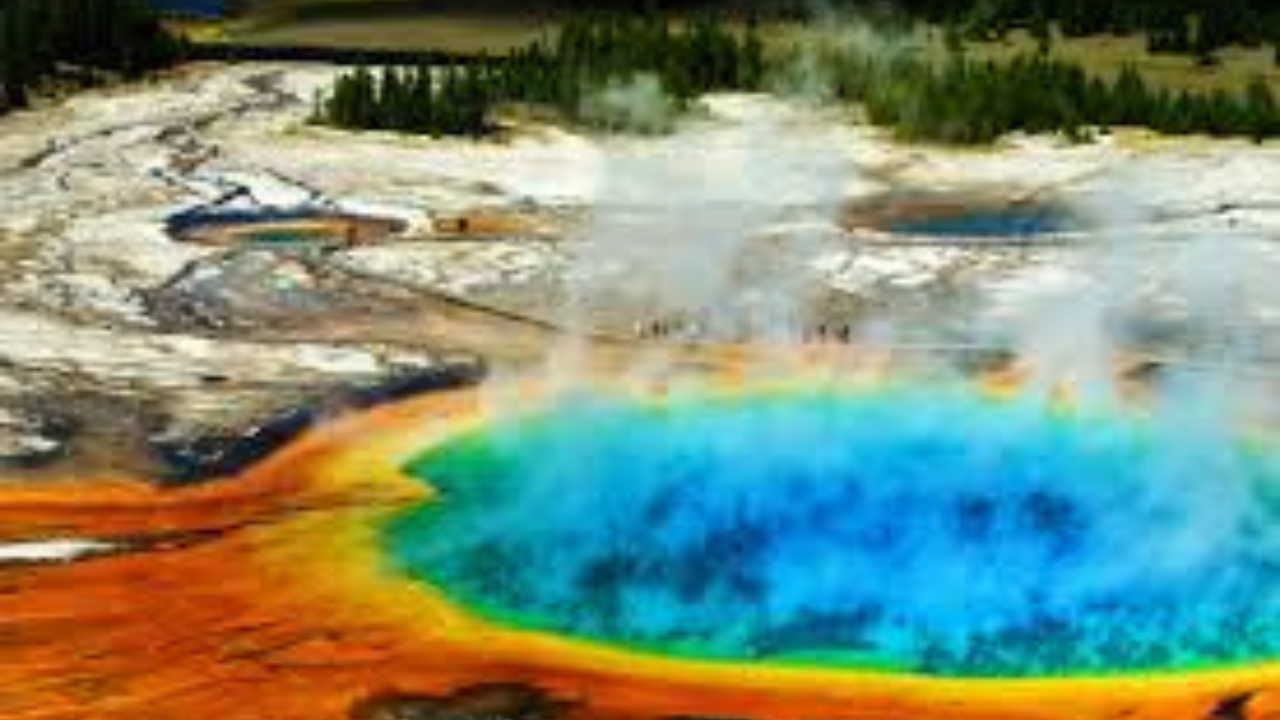The term “Yellowstone threat” often invokes images of apocalyptic destruction and global catastrophe. At the heart of this threat lies the Yellowstone Caldera, a supervolcano located in the U.S. state of Wyoming, which has the potential to cause devastating effects if it were ever to erupt. But how real is this threat, and what do scientists and geologists say about the possibility of such a cataclysmic event?
In this article, we delve deep into the reality behind the Yellowstone threat, separating fact from fiction, and exploring the ongoing monitoring, recent activity, and scientific consensus on what the future might hold.
What Is the Yellowstone Supervolcano?
The Yellowstone Supervolcano is one of the largest active volcanic systems in the world. It sits beneath Yellowstone National Park and spans parts of Wyoming, Montana, and Idaho. It has erupted catastrophically three times in the past 2.1 million years:
- Huckleberry Ridge eruption (~2.1 million years ago)
- Mesa Falls eruption (~1.3 million years ago)
- Lava Creek eruption (~640,000 years ago)
These eruptions formed massive calderas, or volcanic craters, and were thousands of times more powerful than typical volcanic eruptions, earning Yellowstone its “supervolcano” classification.
Why the Yellowstone Threat Alarms People
The reason the Yellowstone threat captures so much attention is simple: a full-scale eruption could have devastating global effects. Scientists estimate that a supereruption could eject over 1,000 cubic kilometers of ash and lava, covering large swathes of North America and altering the global climate for years.
Potential consequences include:
- Massive ash fall that could reach as far as the East Coast of the U.S.
- Collapse of infrastructure, including roads, buildings, and power grids
- Severe agricultural disruption due to loss of sunlight and soil damage
- Global cooling caused by volcanic ash and gases blocking sunlight
- Air travel shutdowns across the globe
The Yellowstone threat thus isn’t just about America—its effects could ripple across continents.
Is an Eruption Imminent? Here’s What Scientists Say
Despite widespread fear, scientists from the U.S. Geological Survey (USGS) and the Yellowstone Volcano Observatory consistently reassure the public: there are currently no signs that Yellowstone is close to erupting.
According to geologists, there are several types of volcanic activity, including hydrothermal explosions and lava flows, which are far more likely than a catastrophic eruption. In fact, Yellowstone has shown only minor activity over the past few decades:
- Frequent but minor earthquakes (typically under magnitude 3)
- Ground deformation (rising and sinking of the surface)
- Hydrothermal activity (geysers, hot springs)
All of these are normal for an active volcanic area and do not indicate imminent danger.
As of July 2025, there has been no significant increase in volcanic activity, and the Yellowstone Volcano Alert Level remains at “Normal.” The USGS continues to monitor the region with cutting-edge technology, including seismographs, satellite data, and gas sensors.
Debunking Myths Around the Yellowstone Threat
There’s no shortage of doomsday predictions and viral social media posts claiming that Yellowstone is “about to blow.” However, volcanologists emphasize that supervolcano eruptions give off clear warning signs months—if not years—in advance.
Some common myths include:
- “Yellowstone is overdue for an eruption.” In reality, volcanoes don’t follow schedules. Past eruptions were separated by vastly different timespans.
- “Animals fleeing Yellowstone is a sign.” While some anecdotal reports exist, wildlife behavior alone isn’t a reliable predictor of volcanic activity.
- “Government is hiding the truth.” The USGS regularly publishes public reports and maintains an open database of seismic and geological data.
Understanding the Yellowstone threat requires relying on science, not fear.
How Is Yellowstone Being Monitored?
The USGS and National Park Service have installed one of the most sophisticated volcano monitoring systems in the world. Tools used to track the Yellowstone threat include:
- Seismographs to measure earthquake activity
- GPS sensors to track ground deformation
- Infrared and thermal imaging to detect heat patterns
- Gas analyzers to monitor emissions of sulfur dioxide and carbon dioxide
This constant monitoring ensures that any abnormal activity would be detected well in advance, giving scientists time to issue warnings.
Conclusion: Should We Be Worried?
While the Yellowstone threat is scientifically real in the sense that the supervolcano could erupt one day, the odds of a catastrophic eruption occurring in our lifetime are extremely low—estimated at less than 0.00014% per year.
That said, vigilance is key. Continued investment in monitoring and public education helps ensure that if Yellowstone ever does awaken, the world will not be caught off guard.
In the meantime, Yellowstone remains one of the most beautiful and geologically fascinating places on Earth—a testament to nature’s power and resilience.






